Powering Progress Through Enhanced Energy Efficiency
Talk to one of our experts for innovative solutions that address your challenges.
The Importance of Efficiency in the New Energy Era
Often referred to as the “first fuel” in a clean energy transition, energy efficiency is the single most important strategy for reducing energy demand and providing cost-effective greenhouse gas (GHG) mitigation. In a world of rising energy costs, strong energy efficiency actions are also critical levers for enhancing energy security, increasing energy affordability and achieving sustainability goals. While energy efficiency strategies have been adopted by many industries over the past two decades, the International Energy Agency (IEA) estimates that this rate of progress must double in order to achieve net zero by 2050. The global process industries will play a pivotal role in accelerating energy efficiency. For energy transition strategies such as hydrogen production and carbon capture, utilization and storage (CCUS), increasing the efficiency of water consumption is critical to scalable adoption.
Beyond its fundamental role in the energy transition, increased efficiency delivers clear productivity benefits. Among our customers, efficiency-enhancing strategies act as a key bridge between sustainability and operational excellence. Increased resource efficiency not only reduces energy consumption, but extends the lifespan of mission-critical equipment, enhances reliability and reduces total operating costs. John Crane’s comprehensive approach to efficiency equips our customers to achieve these key benefits while achieving tangible progress toward net zero.
Resources
Water Conservation Blog
In today’s new energy era, water conservation is an essential aspect of any comprehensive sustainability strategy. Learn more about our legacy of enhancing resource efficiency and reliability.
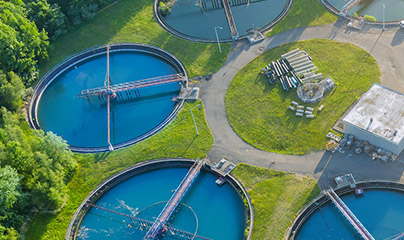
Innovative Solutions eBook
With John Crane, the energy transition isn’t just possible; it’s already being achieved by customers around the world. Read our latest eBook to discover five innovative sealing solutions that are helping operators achieve their sustainability and operational goals.

New Energy Opportunities eBook
Whether you’re looking to decarbonize your existing operations or accelerate your new energy deployment, our eBook is filled with must-read insights to help you shape your new energy reality. Explore key risks and opportunities for energy efficiency, GHG emissions, renewable hydrogen and CCUS.
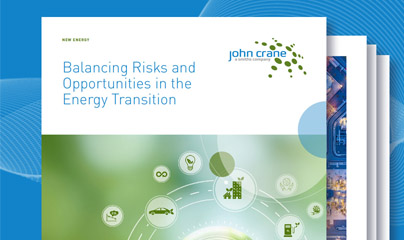
Our Approach to Energy Efficiency
Since inventing the first automotive mechanical seal more than 50 years ago, John Crane has continued to pioneer solutions that reduce energy consumption and enhance operational efficiency. By helping our customers use less energy, extend equipment lifespans and reduce total operating costs, these energy efficiency solutions set the foundation for the global process industry’s sustainable growth.
For decades, John Crane has specialized in developing sealing solutions that achieve more by consuming less. When taken individually, incremental process improvements to a compressor’s system, such as replacing wet seals with dry seals, can deliver significant efficiency gains while dramatically reducing emissions and operating costs. But when combined with our Seal Gas Recovery (SGR) system, the benefit of our seals compounds. The result is tremendous energy efficiency savings, far lower emissions and significant productivity improvements. As our industry faces the growing challenge of increased energy demand, costs and security concerns, this practical, comprehensive approach to efficiency is more critical than ever.
Our broad portfolio of energy-enhancing solutions includes advanced sealing and diamond coating solutions that decrease water consumption, predictive maintenance innovations that reduce energy wastage and improve operational efficiency, and the retrofit of existing equipment with advanced sealing solutions that meet the latest energy standards.
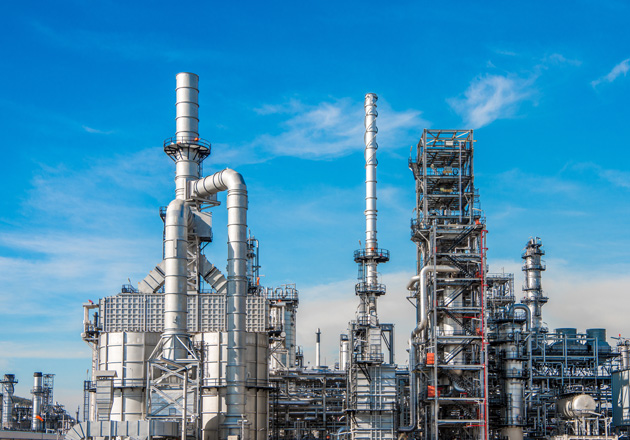
Our Energy Efficiency Solutions
Upstream Pumping Seal Face Technology
John Crane’s Upstream Pumping Seal Face Technology represents a breakthrough in liquid sealing. By replacing a conventional mechanical seal with this low-volume, high-pressure pump, operations can extend seal life, increase the pump’s mean time between repair (MTBR) and significantly reduce energy usage.
This innovative technology nearly eliminates cooling water requirements and removes the need for a high-pressure water line, all while extending mechanical seal life and lowering the total cost of ownership. Because fluid does not leak into the air, our Upstream Pumping Seal Face Technology also supports key decarbonization goals.
Learn More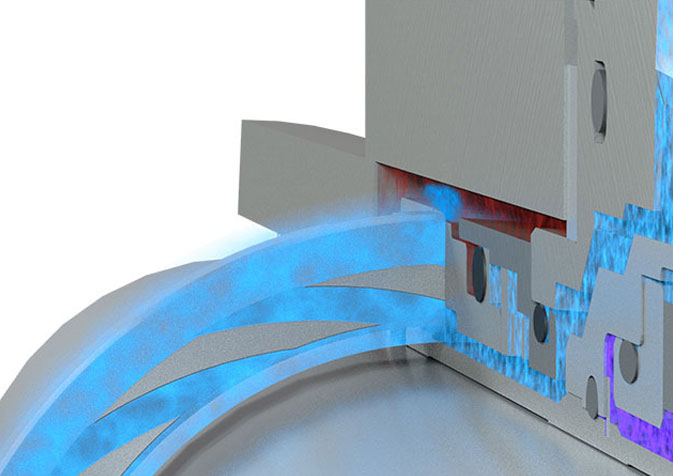
John Crane Diamond® Seal Face Technology
John Crane Diamond® Seal Face Technology provides a lower coefficient of friction. The result is cooler running faces, reduced power consumption, increased reliability and lower lifecycle costs. Its low heat generation also reduces CO2 emissions, making it a powerful solution for operations ready to achieve their sustainability goals while maximizing reliability and cost savings.
Learn More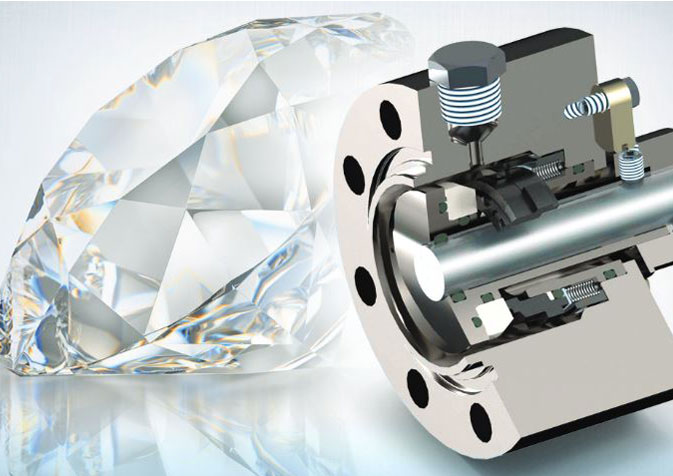
Predictive Maintenance with John Crane Sense®
Our state-of-the-art monitoring tools use real-time data to prevent breakdowns and optimize operations. The result? Fewer interruptions, reduced energy wastage and enhanced operational efficiency. Gain real-time insights 24/7 into the health of your seal and take timely corrective actions to curb energy wastage and enhance operational efficiency.
Learn More
Wet-to-Dry Gas Seal Retrofit Solutions
John Crane’s retrofit offerings improve the efficiency of existing systems, equipping them to meet the latest environmental and performance standards without the need for a complete replacement. In addition to reducing CO2 emissions by approximately 278,000 tonnes per year, our wet-to-dry gas seal retrofits reduce energy consumption and enhance compressor reliability.
Learn More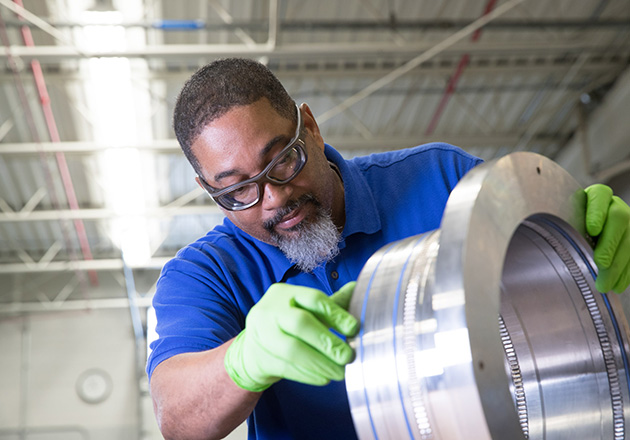
Go to our Lifecycle Cost Calculator to calculate the economic and environmental benefits of retrofitting with gas seals.
Reduce Energy Consumption Through Pumping Seal Upgrades
For decades, one of the world’s leading oil and gas companies used water injection clusters to enhance oil recovery from existing reservoirs. In support of a company-wide operational improvement strategy, it asked John Crane to identify a seal solution that would reduce costs, increase mean time between repair (MTBR) and optimize water consumption at a key onshore oilfield in the Middle East.
By comparing performance against a pump equipped with our Type 8610USP seal and Upstream Pumping (USP) seal face technology, we showcased the significant value of upgrading its water pumps: A 100% increase in MTBR, a 900K liter reduction in water consumption in the first year alone and nearly $2 million in cost savings within six years. Making the upgrades would reduce energy usage by 2 million kW in just one year.
Learn More